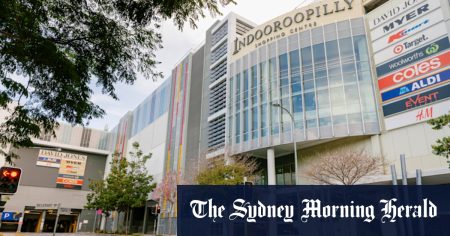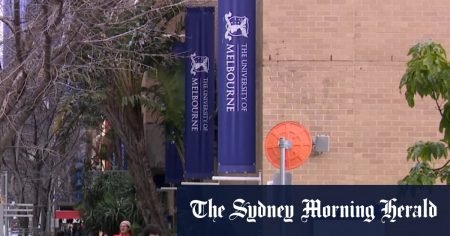According to new data, West Australian public high schools have seen the most significant drop in student retention rates over the past decade compared to other states and territories in Australia. While WA had an impressive retention rate of almost 96 percent in 2014, the latest figures from 2023 show that the rate has plummeted to just over 75 percent. In contrast, retention rates have actually increased for non-government schools in the state, from 82.3 percent in 2014 to 87.2 percent in 2023. This decline in retention rates is concerning, especially as it indicates a worsening situation for high school students in WA.
Furthermore, the report also highlights that the number of 15-24-year-olds in WA who are fully engaged in education or work the year after leaving school is the lowest in the country, at just over 50 percent. This represents a nearly 30 percent drop from the previous year when the rate was almost 78 percent. In comparison, the national average for this metric is over 67 percent. These statistics point to a larger issue of students in WA struggling to transition successfully from high school to further education or employment, which is a cause for concern for educators and policymakers in the state.
Associate Professor Brad Gobby from Edith Cowan University’s School of Education expressed worries about the steep declines in student retention rates in WA, particularly for students from regional communities, low socio-economic backgrounds, and Indigenous backgrounds. He noted that public schools enroll most of these students, indicating a potential enrollment inequality between public and private schools in the state. Gobby’s concerns suggest that there may be systemic issues contributing to the drop in retention rates in public high schools in WA that need to be addressed in order to support all students in their educational journey.
The reasons behind the decline in student retention rates in West Australian public high schools are complex and multifaceted. Factors such as socio-economic background, geographic location, and Indigenous status may all play a role in influencing a student’s decision to continue their education past year 10. Additionally, the impact of the COVID-19 pandemic on students’ learning and well-being cannot be overlooked, as disruptions to education may have contributed to the decline in retention rates. It is crucial for educators, policymakers, and community stakeholders to work together to address these issues and provide support to students who may be at risk of dropping out of school.
In order to improve retention rates in West Australian public high schools, targeted interventions and support programs may be necessary to address the specific needs of at-risk students. This could include additional resources for schools in regional communities, support for students from low socio-economic backgrounds, and culturally appropriate programs for Indigenous students. Collaboration between schools, families, and community organizations is essential to create a supportive environment that encourages all students to complete their high school education and transition successfully to further education or employment opportunities.
Overall, the decline in student retention rates in West Australian public high schools is a cause for concern and requires immediate attention from policymakers, educators, and community stakeholders. By addressing the underlying factors contributing to this trend and implementing targeted interventions to support at-risk students, it is possible to reverse the downward trajectory and ensure that all students have the opportunity to successfully complete their high school education and pursue their goals beyond graduation.













